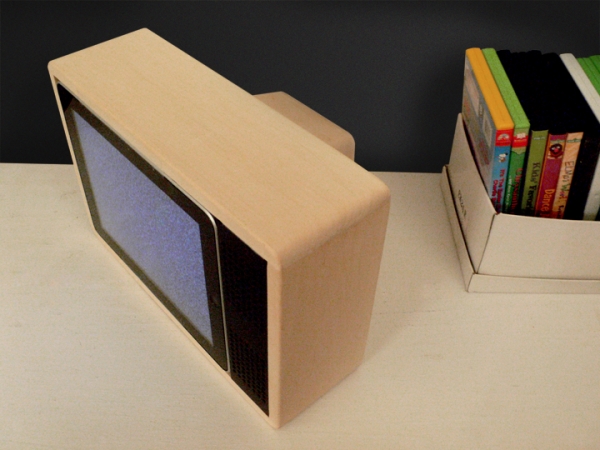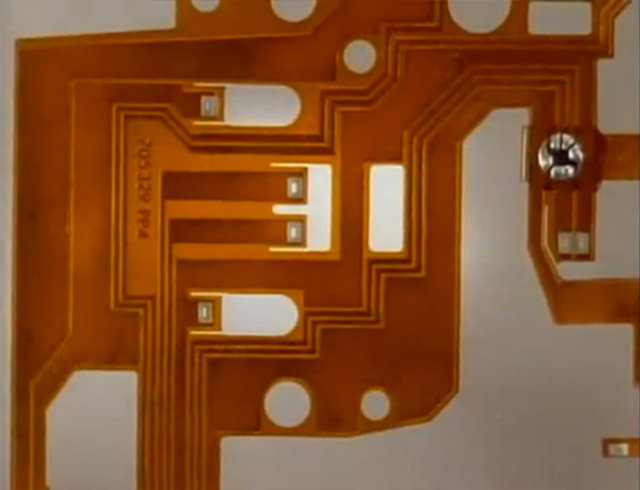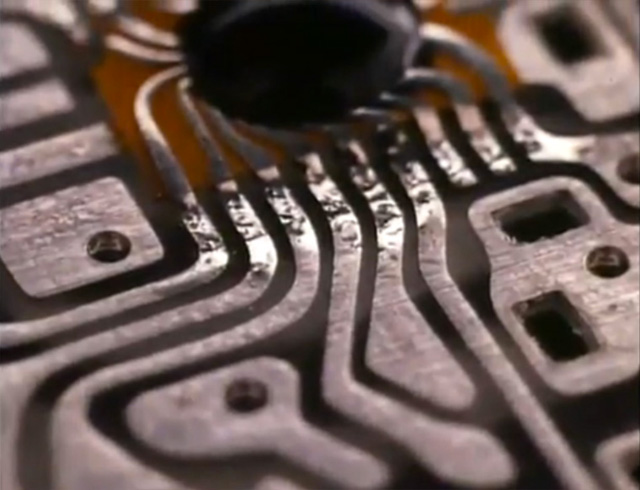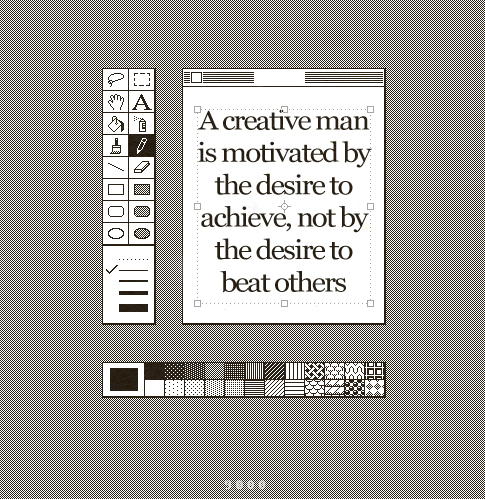I hear this a lot, both by people in and outside the web industry.
Over at frog design’s design mind blog, they recently hit the 100,00 follower mark and explain what this milestone means. Here are a few points that stood out to me:
If there’s one truth to this milestone, it’s that a social network doesn’t exist on its own. Unless you’re a pop star with an audience already in place like LeBron James, who opened a Twitter account and got 650,000 followers in seven weeks, I believe it’s impossible to attract such a following without also having an ecosystem of complimentary initiatives in place, namely a rich and always-fresh supply of content to share, a community of actual people that you actually talk to (not just Twitter accounts), and a dedicated person or team to care for and feed the social media conversation
Why people follow them, and the responsibilty that goes with 100,000 followers:
There is a reason people continue to follow us on Twitter, just as there is a reason conferences want our magazine at their events or indeed, why people want to continue to do business with us. They trust us. If anything, reaching the 100,000 follower mark on Twitter is a reminder of the responsibility we have to be thoughtful curators of relevant news, trends, and debates, even when those debates involve our competitors.
Regarding ROI (return on investment):
Now that frog has reached 100,000 followers, we are officially considered an “influencer” by analyst firm Forrester, which means we can augment conversations on the Social Web, instantly broadcast content to a wide, relevant audience, and use that reach as an asset in our relationships with clients and conferences.
The the most negative comments I hear people make about Twitter always focus on the mundane, trivial and adolescent tweets. That’s easy, and yes, there’s plenty of dumb shit out in the Twitosphere.
But there’s also the people and companies I follow. Twitter streams I find thought-provoking, hilarious and insightful, like frogdesign, kanyewest and mullerbrockmann.


















